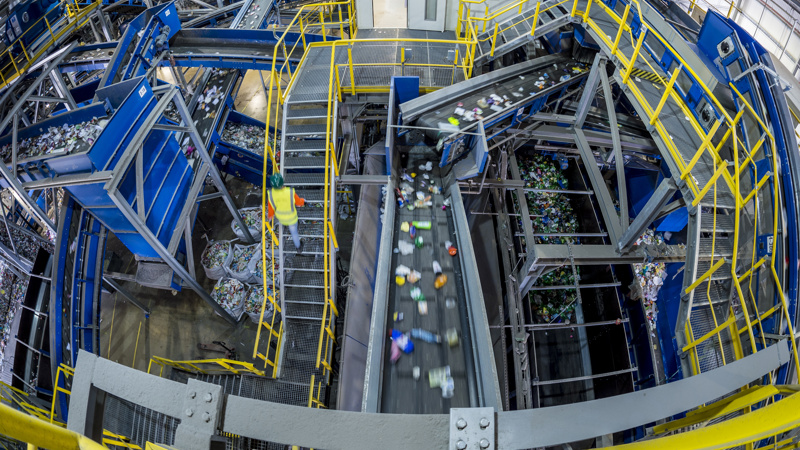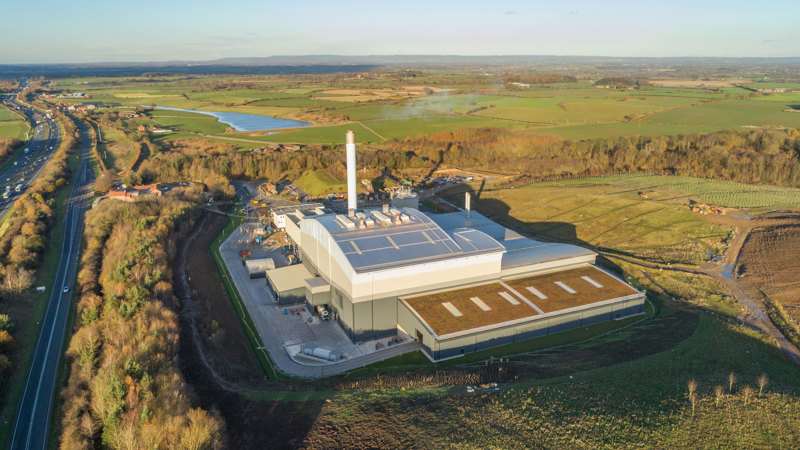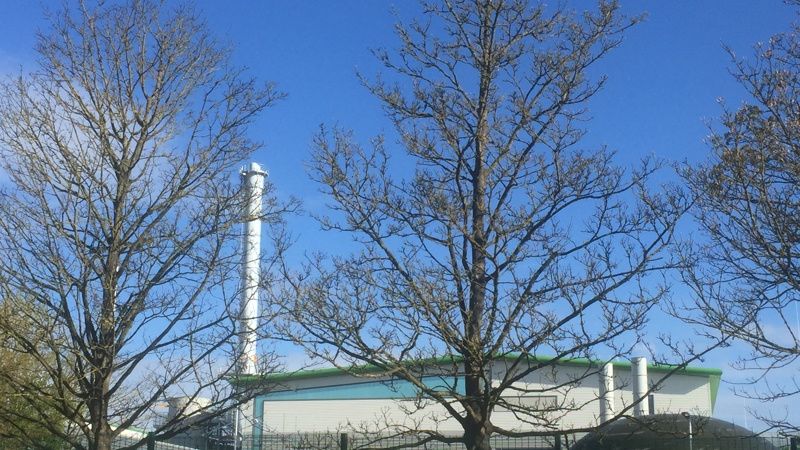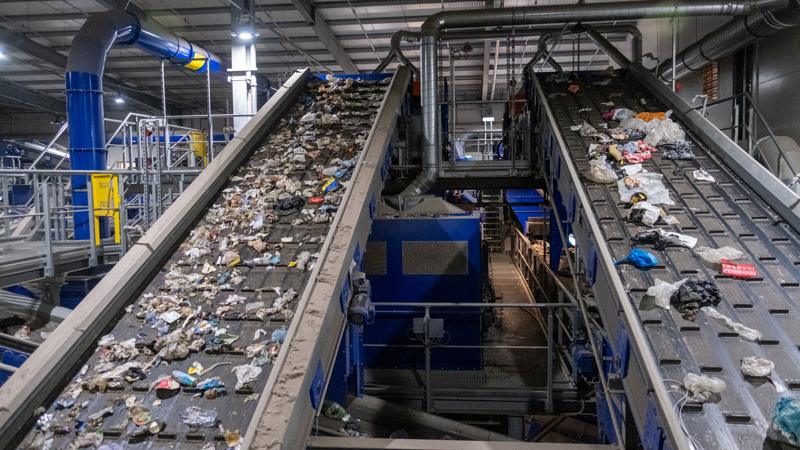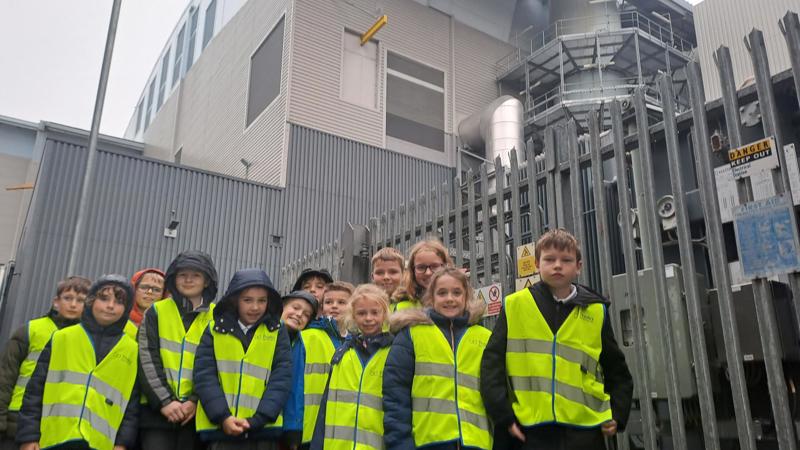Answering your questions
We hope to answer any questions you have about Allerton Waste Recovery Park here, but if not, please drop us a line by emailing thaliacomms@thalia.co.uk
Why do we need it?
York and North Yorkshire households generate around 450,000 tonnes of waste each year. Much of this previously ended up in landfill – a hole in the ground.
North Yorkshire County Council and the City of York Council decided to look at ways they could reduce landfill, do something useful with local rubbish and generate savings in their waste management costs. This in turn benefits local residents and taxpayers.
Instead of landfilling, AWRP extracts recyclable materials still left in the waste stream and captures these for recycling. Everything that is left over is used to generate energy. This helps deliver financial and environmental benefits to the local area.
North Yorkshire’s councils were required to divert 65% of biodegradable waste away from landfill by 2020. The facility enabled North Yorkshire County Council and City of York Council to exceed strict Government and EU targets on landfill diversion.
The continuing use of landfill is not a sustainable environmental option. It generates methane - one of the most potent greenhouse gases contributing to climate change. Methane is around 25 times more harmful to the environment than carbon dioxide, with landfill generating up to 40% of the UK’s methane emissions. This represented about 3% of the UK’s total greenhouse gas emissions.
Why was the Allerton Park site chosen?
Numerous locations across North Yorkshire were researched as potential sites for a new Waste Recovery Park to manage the county’s waste. Allerton was chosen for a number of reasons, including its transport links (it is very close to the A1) and its central location in terms of waste transportation. In addition, the Allerton site had previously been used for landfill and as a quarry and therefore was well suited for use as a waste management facility.
If we already reduce, reuse and recycle, why is landfill still an issue?
Over the last few years, individuals and organisations across York and North Yorkshire have worked hard to increase recycling and reduce the amount of waste sent to landfill. Nevertheless, there is still some rubbish leftover that councils have to deal with and currently the only option is to dispose of it in landfill.
Where does waste come from?
AWRP has been sized and designed to take household waste from York and North Yorkshire.
How was it designed?
AWRP was designed to blend in sympathetically to the local environment. It has extensive landscaping and even a green roof to part of the building. Consultation took place with organisations such as English Heritage and CABE during the planning process.
The main facility building is 38 metres high and designed to ensure it was significantly below the tree line from eastern vantage points. On the northern approach from the A1, following consultation with CABE, it was designed to be a landmark feature. The facility includes one chimneystack of 70 metres.
What were the timescales?
Construction began in January 2015 and the facility became operational March 2018.
When was the facility granted planning permission?
Planning permission was granted on 30 October 2012.
Where can I see the planning documents relating to AWRP?
The planning documents are available on North Yorkshire County Council’s online planning register at Search Planning Applications (northyorks.gov.uk) The original planning application reference is NY/2011/0328/ENV. Searching for Amey Cespa will bring up all the related documents.
What are the benefits of Allerton Waste Recovery Park?
AWRP is cutting the amount of household waste being sent to landfill by at least 90%, diverting more than 230,000 tonnes of York and North Yorkshire’s waste from going to landfill each year.
The facility enables North Yorkshire County Council and City of York Council to avoid higher landfill costs and the financial penalties being given to councils who fail to act on landfill issues. This is turn will save local residents from a potential rise in council tax.
How does the facility benefit the local community?
A key feature of AWRP is the visitor centre which is open to local people as well as schools and community groups.
As well as providing an opportunity to find out more about what happens to the waste they put into their bins, visitors can learn more about reducing, reusing and recycling their waste.
How many jobs has AWRP created?
AWRP is providing full time employment in a range of roles for around 90 people. More than 400 people were involved at the peak of construction, which in turn brought an economic boost to the area.


